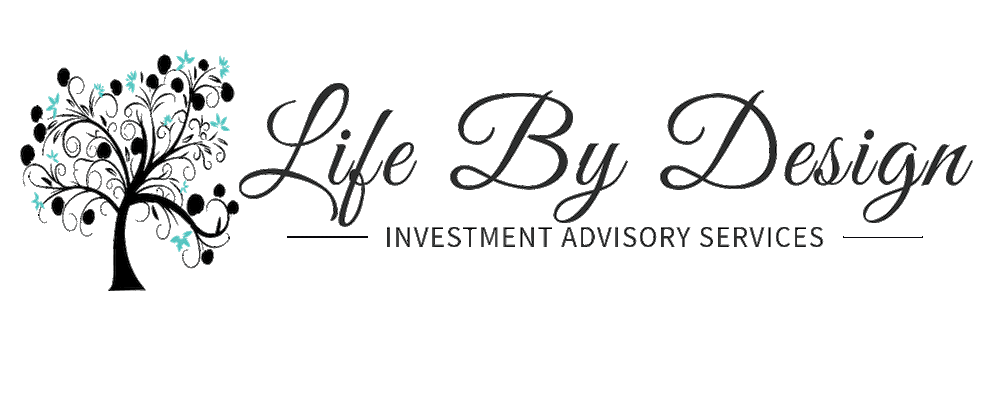While following a solid tax planning strategy throughout the year is integral to your overall financial plan, some special considerations may maximize your refund or reduce overall tax liability.
Let’s look at some of the tax-saving strategies you could be taking advantage of.
Maximize Retirement Contributions to Traditional IRAs
If you aren’t taking advantage of your annual retirement contribution limits, you might miss out on reducing your taxable income. Traditional IRA contributions are made with pre-tax dollars and aren’t taxed until withdrawal, so maximizing contributions could keep you from running over into a higher income tax bracket. Contributions to 401(k)s and 403(b)s must be made by December 31st to impact your 2024 taxes, but the deadline for making traditional IRA contributions is April 15, 2025.
Contribute to Charity
Donating to your favorite charitable organization is another way to reduce your taxable income, and there are several ways to give.
- Donate cash or goods to a qualifying charity. Remember to collect and file all receipts, especially if you donate over $250. The IRS requires written acknowledgment for donations of $250 or more.
- Contribute to a Donor-Advised Fund (DAF). This strategy allows you to allocate a lump sum of funds to distribute to various charities over multiple years. This can work well if you earned a higher-than-average income and are looking to offset the increased income right away.
- Donate your Required Minimum Distribution (RMD). Owners over age 73 can transfer up to $108,000 tax-free directly from their IRA to a qualified charity. Keep in mind that charitable contributions can only be made from IRAs, so you may need to first perform a rollover if you’re looking to use funds from a non-qualifying account.
Defer Income
If you own a business, deferring income is considered an essential factor in your year-end tax planning. Consider the items or expenses you may be able to pay out after the new year, such as employee bonuses or even income paid to yourself. If you expect to earn less in 2025, pushing these expenses out may be particularly helpful.
Take Deductions Early
Another aspect of business planning strategy is accelerating expenses to use as deductions in the current year. For example, if you’re planning to hire outsourced vendors in January, you could request to pay for their services in advance to deduct them from your current year’s income. Other deductions examples include interest payments or medical deductions.
Tax Loss Harvesting
This strategy involves intentionally selling investments at a loss to offset either:
- Capital gains that resulted from selling securities
- Up to $3,000 in non-investment income
However, there is a limitation to this practice. In order to prevent taxpayers from taking advantage of this perk, the IRS implements the “wash-sale” rule, which nullifies a loss claim if the same or nearly identical security is re-purchased within 30 days of the sale.
Like all planning, preparation is essential—especially when time-sensitive moves and deadlines are involved. If you need help with your end-of-year tax planning, consider talking to a financial or tax professional.
Life By Design Investment Advisory Services is a registered investment adviser. Information presented is for educational purposes only and does not intend to make an offer or solicitation for the sale or purchase of any specific securities, investments, or investment strategies. Investments involve risk and, unless otherwise stated, are not guaranteed. Be sure to first consult with a qualified financial adviser and/or tax professional before implementing any strategy discussed herein.




